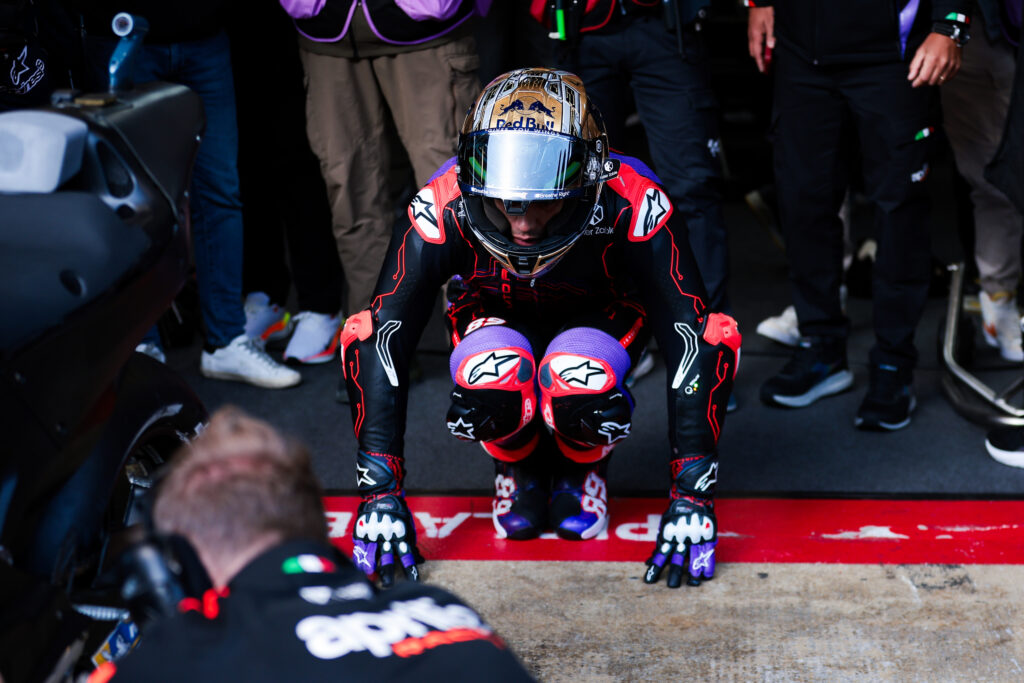Kris McCormack
;)
We are seeing more headcovers on Tour but fewer hybrids
Getty Images
There’s a bit of noise going around that hybrids are fading out of the game, that they’ve lost their place in the modern bag.
You may hear things like, “Nobody on Tour plays hybrids anymore,” or “Fairway woods are better.” But let’s clear that up.
Hybrids aren’t dead; they’re just not showing up in Tour bags as often as they used to. There’s a reason for that. It’s not because hybrids are bad or in any way less effective — far from it. Instead, fairway woods (especially the higher-lofted ones) are doing a different job and doing it really well for a specific type of player.
So, before you start thinking your trusty 4-hybrid belongs in a museum, let’s talk about why the shift is happening on Tour, and why hybrids still make a ton of sense for most golfers.
Think of it this way: Hybrids aren’t dead, they’ve just been repositioned.
Why the fairway wood comeback?
Let’s start with what’s really going on. The rise of high-lofted fairway woods on Tour isn’t a knock on hybrids; FWs have become popular because they fit the specific needs of elite players.
Tour players are playing firm, fast greens that demand a high, soft-landing shot into par-5s and long par-3s. High-lofted fairway woods, like that 7-wood or even 9-wood, you’re seeing more often launch higher, spin more and land softer than hybrids with the same loft. That means more control, more stopping power and better consistency when attacking tucked pins from 230+ yards out.
And let’s not forget forgiveness. That’s not just a weekend golfer necessity. Pros want forgiveness, too, especially when they’re swinging from less-than-perfect lies. Higher-lofted fairway woods often have larger clubheads, which means a bigger sweet spot and a more stable launch across the face. For Tour players looking to control spin and shot shape without sacrificing precision, this is a win-win.
Before you dump your hybrid, read this
Hybrids are still fantastic tools for most golfers, and even many Tour players still carry one. But let’s clear up what a hybrid actually is: It’s an iron replacement, not a fairway wood alternative. A 3-hybrid is designed to take the place of your 3-iron, not your 5-wood.
That means the performance profile is different. Hybrids are generally easier to launch and more forgiving than the long irons they replace. They help you hit it higher, carry it farther and land it softer than most 3-irons ever could. For the average golfer (and even many low handicaps), hybrids are lifesavers.
But compared to fairway woods? That’s where things differ. Fairway woods typically launch higher than hybrids of the same loft. They’ll often give you more spin, which helps control and promotes soft landings. And in the hands of a Tour player who needs to hold a green from 240 yards out? That extra height and spin is a game-changer.
The draw bias dilemma
Here’s another thing: Many hybrids are built with a touch of draw bias. That’s thanks to a higher concentration of mass in the heel of the clubhead. For slicers, that’s a blessing. For Tour pros? Not so much.
7-woods are trending on Tour. Is it time to add one to your bag?
By:
Johnny Wunder
Most elite players want a club that’s neutral, something they can work both ways depending on the shot they’re facing. A draw bias might help the average player find more fairways or greens, but for the pros who are shaping fades into tight Sunday pins, a neutral flight is crucial. That’s one more reason why some Tour players are trending toward high-lofted fairway woods; they tend to be more neutral and easier to manipulate both ways.
Which is best for you?
The takeaway here isn’t that hybrids are obsolete, it’s that the best tool for the job depends on the job. If you struggle with long irons, a hybrid is probably your new best friend. If you want something that launches higher, lands softer and gives you Tour-level control, maybe a higher-lofted fairway wood is the move.
But hybrids still fill a key role in the bag for thousands of golfers at every skill level. They’re easier to hit than long irons, they’re great from the rough and they’re way less intimidating than a 2-iron that looks like a butter knife.

PING G440 Custom Hybrid
The G440 hybrids appeal to a variety of skill levels, each engineered to deliver different ball- flight characteristics – from the slightly fade-biased 2 hybrid for off-the-tee performance to the draw-inducing 5, 6 and 7 hybrids that help optimize gapping. They all share a new, shallower and thinner face design, which improves face contact for more ball speed and higher-launching shots that hit and hold the green.
FLIES HIGH LANDS SOFT
Optimized launch and spin ensure distance with stopping power.
FREE-HOSEL DESIGN
Saves weight to lower CG, optimize launch/spin and increase forgiveness.
ROUNDED SOLE
Ensures pleasing face angle in all hosel settings
CARBONFLY WRAP
Lightweight carbon crown saves weight to increase MOI, lower CG.
View Product
Final verdict: Not dead, just evolving
Hybrids aren’t disappearing; they’re just being used more strategically. On Tour, we’re seeing more specialized setups that match specific course demands. For the rest of us? Hybrids are still workhorses that make this game just a little bit easier.
So, no, hybrids aren’t dead. They’re just not the “hottest” club in Tour bags right now. But if your 3-iron is collecting dust and your 5-wood is too much club, the humble hybrid might still be exactly what you need.
Ready to add some new hybrids or fairway woods to your bag? Book your fitting at True Spec Golf.
;)
Kris McCormack
Golf.com Contributor
Building on a career that has spanned more than 20 years in the golf industry, McCormack has spent the last six years of his career serving as the Vice President of Tour and Education for True Spec Golf. During that time, he curated the training program for the True Spec fitting staff and pushed for more continuing education curriculum. As well as managing their Tour department and building relationships with a multitude of OEM partners. Prior to joining the True Spec team, McCormack worked with several of the industry-leading manufacturers as a Master level Fitting Professional. In addition to being an instructor and partnering with the Golf Channel Academy as a lead instructor and brand-agnostic Fitting Professional. He has also worked with R&D teams to assist in product design, testing, and development for a variety of gear releases. He is a golf enthusiast and lives in the gear space!


;)
;)











